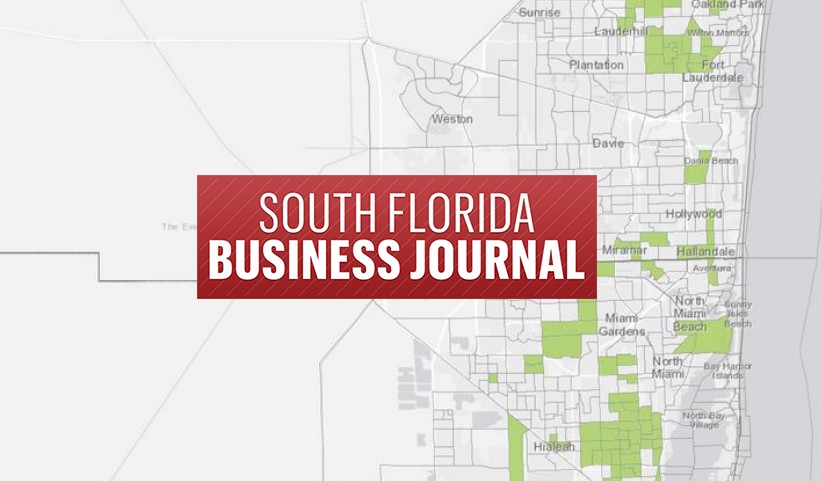The U.S. Department of Treasury and Internal Revenue Service recently released a long-awaited second set of regulations related to qualified opportunity zone investments, clearing up several questions investors had about the federal program.
"[The guidelines] addressed several issues that kept some investors on the sidelines before," said Ron Fieldstone, a partner at Miami law firm Saul Ewing Arnstein & Lehr. "Since the release I've been getting a lot of phone calls from investors who were waiting for this guidance before jumping in. It's full steam ahead now."
The real estate investment program, signed into law as part of the Tax Cuts and Jobs Act of 2017, aims to incentivize private investments in low-income communities by offering significant tax deferral opportunities to investors if they hold that investment for at least five years. If the investment is held for at least 10 years and then sells at a profit, the capital gains from that sale would be tax-free.
Florida is home to 427 opportunity zones, including 68 in Miami-Dade, 30 in Broward and 35 in Palm Beach counties.
James Jago, principal and managing director of PEBB Capital, a real estate and private equity investment firm based in Boca Raton, said the new guidelines have boosted investor confidence in the program.
"The new regulations brought a lot of good news," Jago said. " I think we're going to see opportunity zone investments take off now."
It’s not only a real estate program. It’s a business development program
Under the new set of regulations, businesses headquartered in an qualified opportunity zone (QOZ) and funded by a qualified opportunity zone fund (QOF) can receive tax incentives if they meet one of three qualifications: at least half of the company’s services are within the QOZ, at least 50% of the hours employees or contractors work are spent within a QOZ, or if a businesses’ management and operations are based in a QOZ.
Investors can recycle capital resulting from sale of opportunity zone investment
Before the latest regulations were released, it was unclear whether QOFs could recycle capital from the sale of an opportunity zone investment. That’s been cleared up: Funds that sell an asset can recycle the capital from that sale into another opportunity zone investment if the funds are reinvested within one year.
Vacant properties exempt from “substantial improvement” requirement
Investors who acquire a property within an opportunity zone are required to “substantially improve” that property by spending an equal amount of the building value on repairs.
For example: If a QOF purchases a vacant building for $1 million and the building is valued at $600,000 and the land $400,000, the investor must spend an amount equal to the building value ($600,000) on improvements.
But the new regulations include an exception: If a structure has been vacant for at least five years prior to being purchased by a QOF, the investor does not need to meet the substantial improvement requirement.
Exits from multi-asset funds clarified
The second set of regulations confirmed that investors who have an interest in a multi-asset QOF have the ability to sell individual assets from that fund to buyers. Investors were previously wary about bundling multiple assets within one fund because they feared they would have to find a single buyer for that entire package of assets when it came time to sell.
Feds will track effectiveness of program
The opportunity zone program is intended to boost the economy in distressed neighborhoods, but the original guidelines do not require investors to put money toward affordable housing, grocery stores, retail shops or other businesses that could increase land value and quality of life for residents of those neighborhoods. But in the new guidelines, Fieldstone said, the Treasury Department issued a request for information on data collection and tracking for opportunity zones. That will enable the department to determine how effective the program is at actually improving economic conditions in low income areas.

